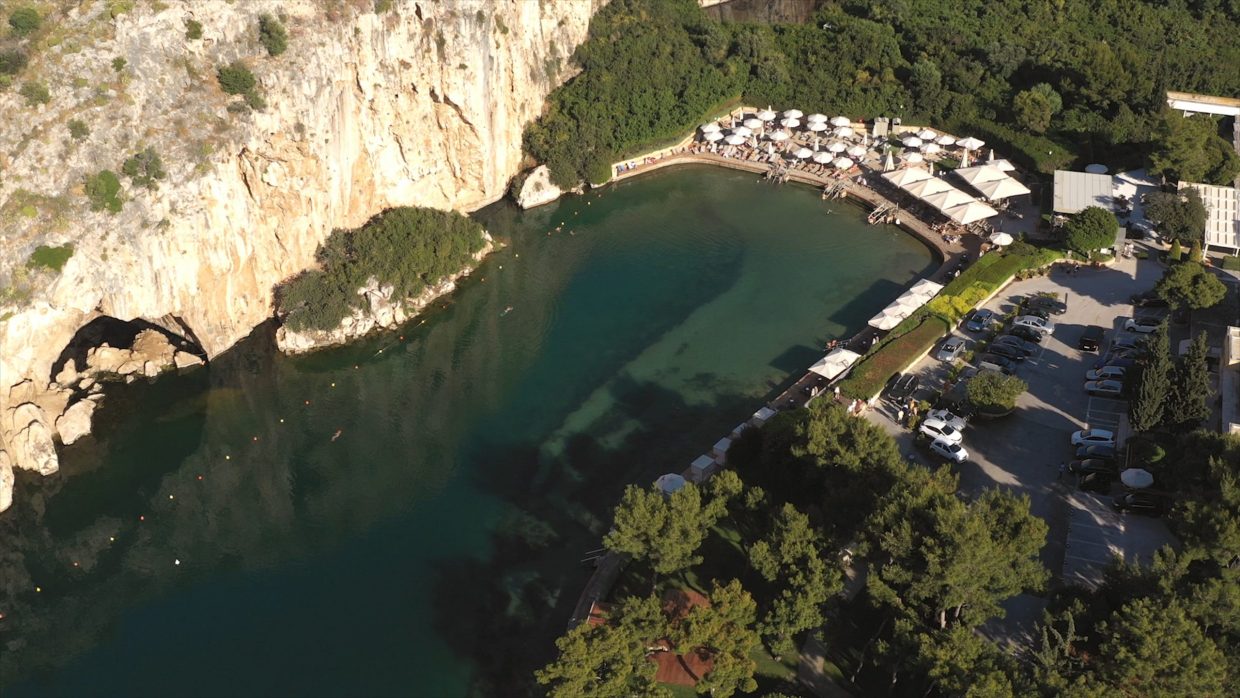Carols
Carols
On the morning of Christmas Eve, groups of children go from house to house singing carols, thus announcing the birth of Christ, using metal triangles to symbolise the Holy Trinity.
There are several traditional carols, dating back to ancient times.
When children finish singing, the residents offer them money and sweets.
In some villages, the children carry boats or even lanterns. Lanterns remind us of old times when carols were sung at night and the kids used them to light their path. Back then, they also brought sticks to knock on the doors.
Along with carols on Christmas Eve, children also sing special songs on New Year’s Eve and the morning of the day of the Epiphany.
Age-old customs
Carols are a very old custom, with roots in ancient Greece. In those times, there was a celebration in honour of the god Dionysus, during which people would go from house to house, chanting hymns. They would also carry a small boat symbolising the god’s arrival. Sometimes, they carried an olive or a laurel branch with red and white threads, where they would tie up the offerings they received at each house.
Also, in Homer’s time, the so-called song of Eiresioni was sung by children whose parents were both alive. This custom can be found today in Thrace, in northern Greece.
The word “Kalanta” (carols) comes from the word “Kalendes”, which were Roman celebrations taking place at the beginning of each lunar month. In Byzantine times, “Kalendes” were renamed “Asmata Agermou” (which means “songs sung during a group visit to a community house, on the occasion of a holiday”).
Even after all this time, carols remain a beautiful custom that brings good luck to our homes and illuminates our hearts, through the melodic and innocent voices of young children.
Experience Attica

Vari – Voula – Vouliagmeni
Only a half an hour distance from the centre of...
Attica’s Destinations

Hang Gliding
Once you experience the complete freedom of flying high up...
Attica’s Destinations

Carols
On the morning of Christmas Eve, groups of children go...
Attica’s Destinations
Per season

